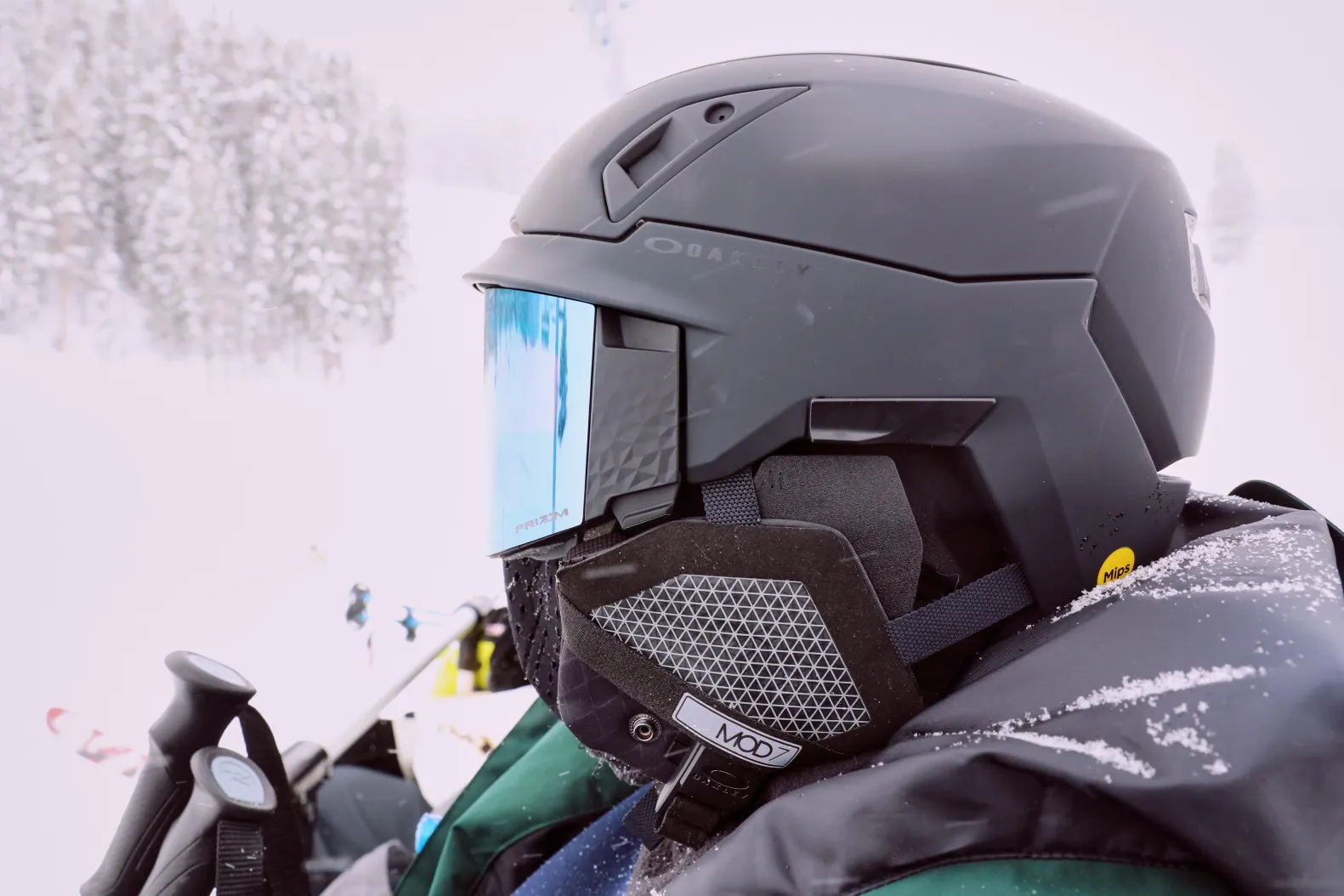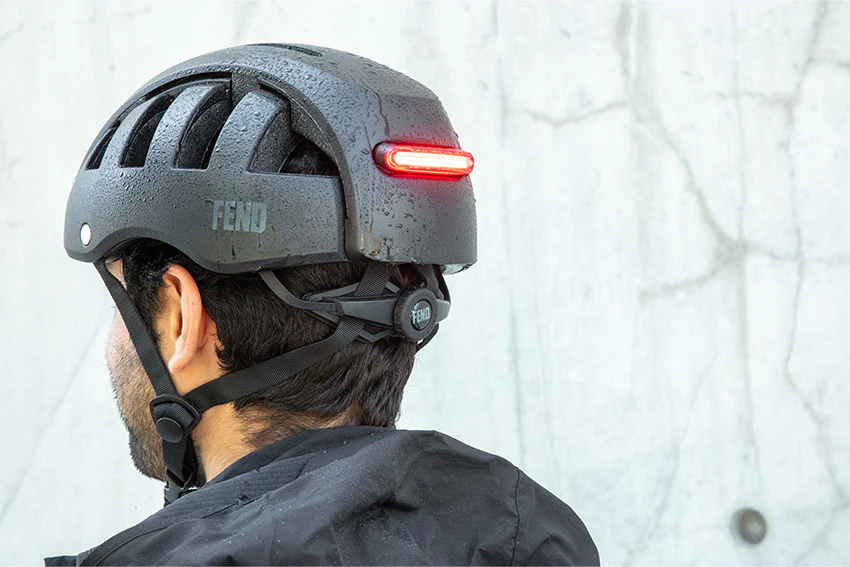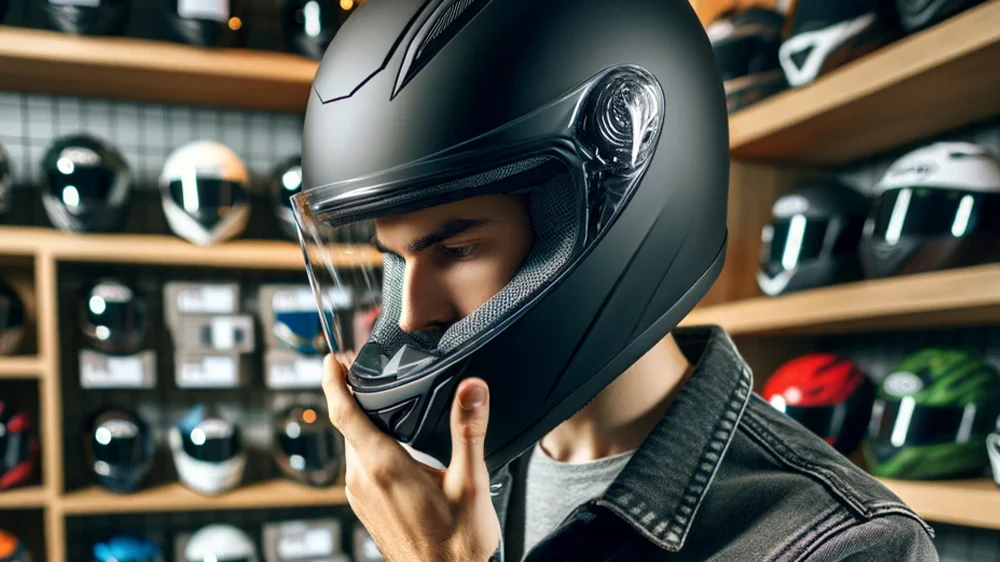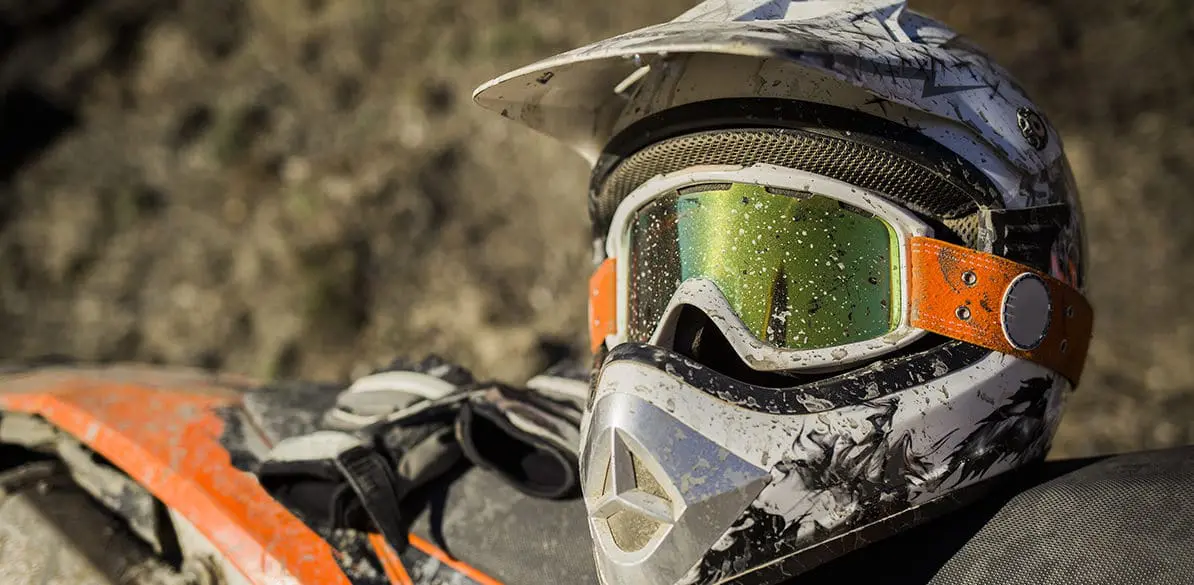When it comes to sports safety, helmets are essential for protecting athletes from head injuries. However, in some sports, helmets alone aren’t enough. The addition of a visor—whether clear, tinted, or reflective—offers extra protection for the eyes and face, making sports helmets with visors a popular choice in many high-impact sports. In this article, we’ll explore the benefits of sports helmets with visors, how they enhance performance, and the best sports for wearing helmets with visors.
Why Choose Sports Helmets with Visors?
Helmets with visors are designed to provide additional protection, particularly for the eyes and face. In sports that involve high speeds, flying debris, or physical contact, visors offer a clear advantage. Here’s why helmets with visors are so effective:
1. Eye Protection
One of the primary benefits of a visor is protecting the eyes from harmful elements. Whether you’re cycling on a windy road, playing football in the rain, or skiing on a bright day, the visor shields your eyes from dust, debris, bugs, wind, and harmful UV rays. This can significantly reduce eye strain and enhance visibility, making it easier to focus on the game or activity.
2. Enhanced Visibility
Visors can also improve visibility in various weather conditions. A clear visor allows for an unobstructed view, while tinted or reflective visors can help reduce glare from the sun, improving visibility on bright days. In sports like cycling or motor racing, a well-designed visor can make a huge difference in an athlete’s ability to see the track or the road clearly, even in challenging conditions.
3. Face Protection
In contact sports like football or hockey, a helmet with a visor adds an extra layer of protection for the face. While full-face shields are common, a visor protects the eyes and upper part of the face while leaving the lower face open. This is ideal for athletes who want facial protection without the full coverage of a face shield.
4. Better Aerodynamics
In some sports, especially cycling and racing, having a visor on a helmet can enhance aerodynamics. A well-designed visor can reduce wind resistance, allowing athletes to maintain higher speeds and improved performance. In professional cycling or motor racing, small changes in aerodynamics can result in significant improvements in race times.
Types of Sports Helmets with Visors
Different sports require different types of helmets with visors. Let’s take a look at the most common helmets that feature visors and how they’re used in each sport:
1. Cycling Helmets with Visors
Cycling helmets often feature visors to shield riders from the sun, rain, and road debris. These visors are typically short and made from lightweight materials to avoid affecting the helmet’s overall weight. Some cycling helmets come with removable or adjustable visors, giving riders the option to take them off in favorable conditions.
-
Benefits: Protection from sun glare, wind, bugs, and debris.
-
Best for: Road cycling, mountain biking, and commuting.
2. Football Helmets with Visors
Football helmets with visors are becoming increasingly popular, particularly in professional and college football. The visor is often made from shatter-resistant plastic and attaches to the helmet’s face mask. In some cases, players wear a full-face shield or visor for additional protection from hits to the face and eyes.
-
Benefits: Eye protection, reduces glare, and protects against impacts to the face.
-
Best for: Football, particularly at higher levels of play.
3. Hockey Helmets with Visors
In hockey, visors provide protection against flying pucks, sticks, and physical contact. Players often wear a combination of a helmet and a half-face visor, or a full-face shield, depending on their position and league regulations. The visor protects the eyes and face without restricting vision or airflow, allowing for fast movements on the ice.
-
Benefits: Protection against pucks and sticks, enhanced visibility on the ice.
-
Best for: Ice hockey, roller hockey.
4. Ski and Snowboard Helmets with Visors
Ski and snowboard helmets with integrated visors are gaining popularity due to their convenience and functionality. These helmets provide eye protection from snow, ice, and UV rays while reducing the need for goggles. A tinted visor is especially useful in snowy, bright environments, helping athletes see more clearly without squinting or straining.
-
Benefits: Shields from snow and wind, reduces the need for goggles.
-
Best for: Skiing, snowboarding, and other winter sports.
5. Motorsports Helmets with Visors
In motorsports, including motorcycle racing, karting, and auto racing, helmets with visors are a crucial part of the gear. These visors are usually larger and cover the entire face, providing full protection from dust, debris, and wind at high speeds. They also help reduce glare from the sun and offer improved aerodynamics.
-
Benefits: Full-face protection, wind resistance, glare reduction.
-
Best for: Motorcycle racing, karting, auto racing.
Benefits of Visors for Different Conditions
-
Tinted Visors: Tinted or smoked visors reduce glare from the sun, making them ideal for bright, sunny conditions. They can help improve focus and prevent eye strain during outdoor activities like cycling, skiing, or motor racing.
-
Clear Visors: Clear visors are perfect for cloudy or overcast days, providing clear, unobstructed vision in all conditions. They’re common in cycling and football helmets, especially when visibility is essential.
-
Anti-Fog Visors: Some visors come with anti-fog coatings or ventilation features that prevent fogging during physical activity. This is especially useful in sports like skiing or motor racing, where fog can significantly impair vision.
Things to Consider When Choosing a Sports Helmet with a Visor
When selecting a sports helmet with a visor, there are a few important factors to keep in mind:
-
Fit and Comfort: Ensure that the helmet fits properly and is comfortable. The visor should not obstruct your vision or interfere with the fit of the helmet.
-
Material Durability: Look for visors made from durable materials, such as polycarbonate or polycarbonate-composite blends, which are known for their strength and resistance to impact.
-
Ease of Adjustment: Some helmets offer adjustable or removable visors, which allow athletes to adapt their gear based on changing conditions or preferences.
-
Sport-Specific Features: Make sure the visor is designed for your specific sport. For example, cycling helmets may have shorter visors, while football and hockey helmets often feature full-face shields.
Conclusion
Sports helmets with visors offer a great combination of head and eye protection, enhancing visibility, comfort, and safety in a variety of sports. Whether you’re cycling, playing football, skiing, or racing, choosing a helmet with a visor tailored to your sport and needs can improve your performance and help keep you safe.
So, next time you gear up for your favorite sport, consider the added benefits of a visor-equipped helmet. It’s an investment in both safety and comfort that will give you the edge on the field, track, or slope.









